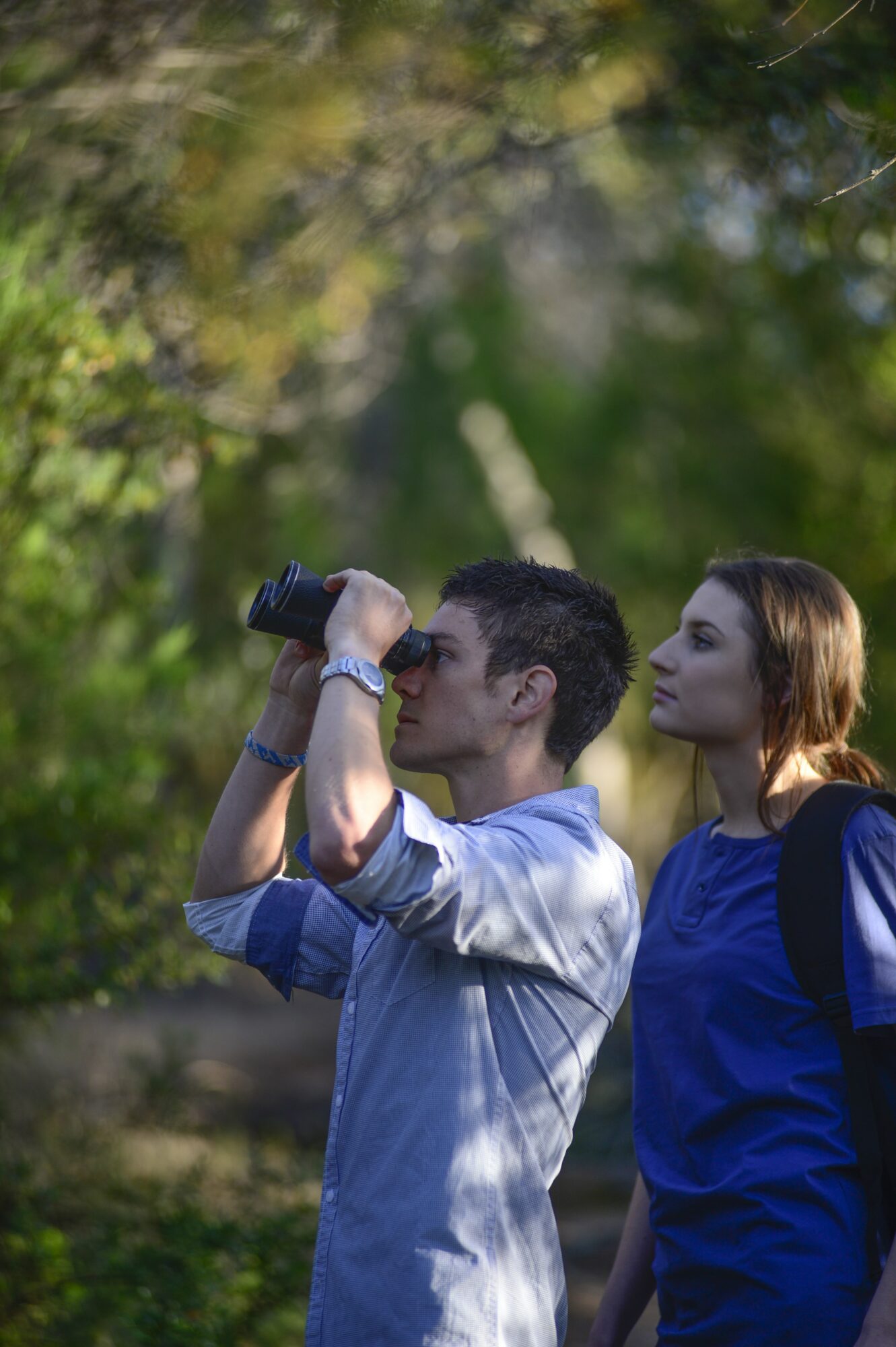Bird life abounds particularly in the Black Ball Dam reserve and around Lake Anderson. The Chiltern Walking Path logo depicts a Yellow-Footed Antechinus which is a small marsupial mouse native to the area, locally referred to as the golden mouse. Enjoy your wander along the various sections of the trail that meanders through the historic gold mining village. John Conness discovered gold in Chiltern in 1858. The population rapidly grew along the Chiltern Lead (now Conness Street) - at the height of the gold rush Chiltern was home to about 20,000 including 2,000 Chinese.
Circuit
Historic Walks
Grade 1
3.7 km
1.5 hours
Grade 1: No bushwalking experience required. Flat even surface with no steps or steep sections. Suitable for wheelchair users who have someone to assist them. Walks no greater than 5km.
Grade 2: No bushwalking experience required. The track is hardened or compacted surface and may have a gentle hill section or sections and occasional steps. Walks no greater than 10km.
Grade 3: Suitable for most ages and fitness levels. Some bushwalking experience recommended. Tracks may have short steep hill sections a rough surface and many steps. Walks up to 20km.
Grade 4: Bushwalking experience recommended. Tracks may be long, rough and very steep. Directional signage may be limited.
Grade 5: Very experienced bushwalkers with specialised skills, including navigation and emergency first aid. Tracks are likely to be very rough, very steep and unmarked. Walks may be more than 20km.
This walk can be a continuous loop or a series of shorter loops.
...


